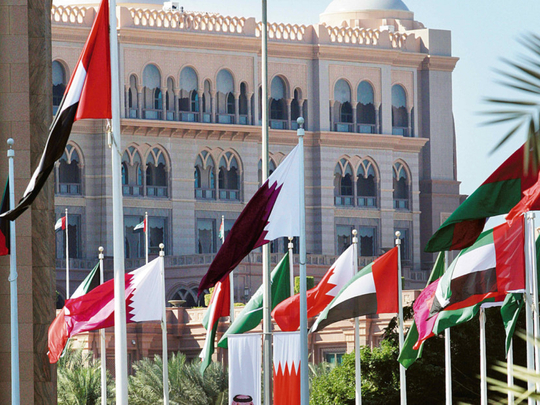
How should policymakers in the Gulf states manage their countries’ large expatriate workforces? In Saudi Arabia, foreign nationals account for roughly one-third of the population. In Qatar and the UAE, nine out of every ten residents is an expatriate. Should these governments continue to invest heavily in developing indigenous labour forces, with the aim of decreasing dependency on foreign workers?
The extraordinarily high proportion of foreign labour within the Gulf Cooperation Council (GCC) countries is often considered problematic, because, as some see it, it threatens local cultures and national identities, holds down wages, and impedes the development of domestic skills and talent. With so many trades and professions dominated by relatively cheap overseas labour, the indigenous population is often left with few occupational domains offering competitive wages. These tend to be predominantly in the public sector, where oil revenues are used to maintain high pay and attractive working conditions.
But an important dimension of the policy debate within the region risks is being overlooked: The Gulf states’ large foreign populations are not just workers; they are also consumers. By inflating the population of the countries in which they live, expatriate workers are helping drive economic growth.
In fact, the GCC benefits from a double expat dividend: not just a diverse consumer base on the demand side, but also a flexible, youthful workforce on the supply side. As a result, following the rapid decline in oil prices of recent years, companies could lay off thousands of workers without having to worry about raising the unemployment rate or putting a substantial burden on government coffers.
This unique feature of GCC labour markets enhances the region’s ability to adapt and adjust to fluctuating economic cycles. Because GCC countries can afford to expand their workforce without running the risk that the share of their elderly population will increase over the long run, they enjoy constant young-to-old and consumer-to-producer “support ratios”.
Moreover, public and private investment in the region — in infrastructure, education, health and other services — has been geared toward the existing consumer base, inflated by the expat population. Those inflows are now causing the GCC population to grow four times faster than in emerging markets and the United States, seven times faster than in China, and ten times faster than in the Eurozone. This trend is expected to continue, with annual population growth in the GCC averaging 1.8 per cent — twice the average for emerging markets. And, according to an IMF study, population growth in the Middle East and North Africa between 1970 and 2000 has raised the annual rate of growth of output per effective consumer by about 0.5-0.6 percentage points
Larger consumer markets have sufficient economies of scale and diversity to make the introduction of new products and services into the region economically viable. They have the added benefit of generating what the economist Amar Bhide calls venturesome consumption: demand-led entrepreneurship and innovation. Economies of scale also allow the delivery of health, education, and other services, such as entertainment and leisure, at lower prices. And larger markets provide a greater incentive for investors and traders to enter, and for governments to provide new public goods. If not for expat populations in rural and remote areas, there would have been little reason to invest in roads, schools, and hospitals — let alone parks, libraries, and theatres.
Education, human capital
GCC countries have made such investments for the past four or five decades, and ongoing construction projects in the GCC are estimated to run into trillions of dollars.
In education, enrolment in K-12 schools across the GCC rose from 2.7 million in 2003 to 10.7 million in 2012, a compound annual growth rate of 16.5 per cent. Investment in this sector stands at around $150 billion (Dh550.95 billion). In health care, total spending in the region is expected to increase to $133 billion per year by 2018.
The foreign population also provides a human-capital dividend to the local population, as talented expats introduce knowledge and innovation in sectors that the GCC wants to develop. Research from MIT has shown that an increase in population size is an important driver of technological progress. And studies in Japan indicate that higher population densities create stronger incentives for individuals to become entrepreneurs; a 10 per cent increase in population density increases the share of people who wish to become entrepreneurs by approximately 1 per cent. The GCC’s expat dividend could grow much bigger — but only if governments in the region establish the necessary mechanisms. Such mechanisms should be designed to maximise the benefits that foreign nationals provide. Work-and-retire or invest-and-retire visas, for example, would encourage expats to save and accumulate pension funds — thereby enabling them to contribute even more significantly to the region’s rapid economic growth.
— Project Syndicate/ Mohammad Bin Rashid Global Initiatives, 2016
Sami Mahroum, Director of the Innovation & Policy Initiative at INSEAD, is the author of Black Swan Start-ups: Understanding the Rise of Successful Technology Business in Unlikely Places.










